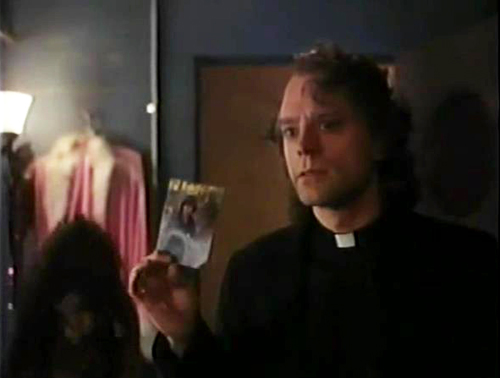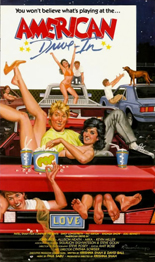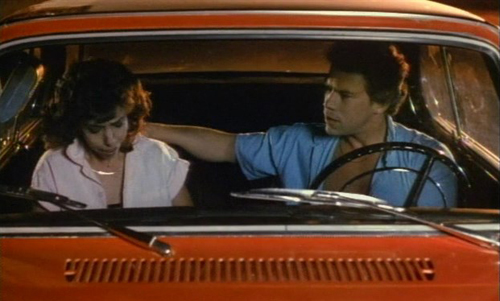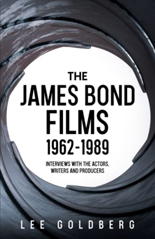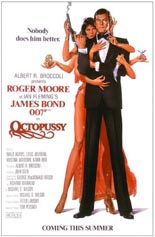
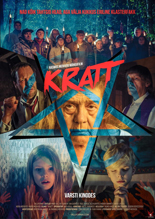 Not to be confused with the processed cheese product manufacturer Kraft — or, for that matter, the sea monster Kraa! — a kratt is an mythological monster. Unlike your Medusa or garden-variety minotaur, the kratt is DIY; as legend has it, you build one from whatever you’ve got around the house, make a deal with the devil and, whammo, it does your bidding and brings you riches. Not a bad deal!
Not to be confused with the processed cheese product manufacturer Kraft — or, for that matter, the sea monster Kraa! — a kratt is an mythological monster. Unlike your Medusa or garden-variety minotaur, the kratt is DIY; as legend has it, you build one from whatever you’ve got around the house, make a deal with the devil and, whammo, it does your bidding and brings you riches. Not a bad deal!
Or is it? From Estonia, the film Kratt examines this conundrum in a winning family comedy — assuming your family is good with repeated utterings of the word “fuck,” not to mention the potential inquiry of “Mom, what’s fentanyl?”
When their parents go on vacation, Mia and Kevin (real-life siblings and first-time actors Nora and Harri Merivoo) are left with Grandma (Mari Lill) in the country and, worse, without their phones. Boredom leads them to create a kratt, but a freak accident throws the Satan-swapped soul not into their ramshackle construction, but their grandmother! (It also plants a scythe in her head, but that’s beside the point.)
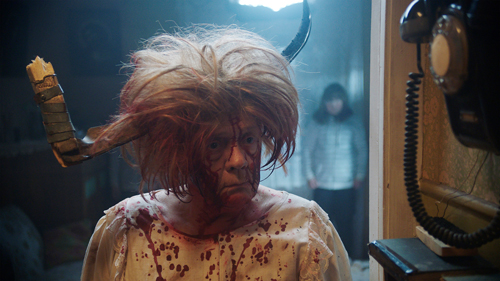
Instantly, the ever-robed taskmaster of little patience and a big generational gap becomes Mia and Kevin’s slave: a pancake-cooking, house-painting, coop-cleaning, sauerkraut fart-lighting machine.
Although Rasmus Merivoo — the writer, director, editor and kids’ father — smashes the Wes Anderson button a few times too many, he gets a great performance out of Lill and good ones from the children, particularly Nora. Whenever he shifts focus to the village’s bratty governor (Ivo Uukkivi) and squad of social justice warriors, the movie loses a few smidges of charm; these portions of political satire undoubtedly play in Peoria Estonia, but on this hemisphere, they feel like unneeded padding.
Still, Kratt stands astride the fiendish fantasy of Rare Exports: A Christmas Tale and the subversive goofiness of The Peanut Butter Solution, with an eye toward the good-natured gore of Peter Jackson’s Dead Alive. It’s observant, sharp and light of heart even when the comedy grows dark. —Rod Lott


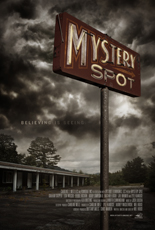 Not knowing where a film is going isn’t the same as not knowing what a film is attempting to do. Although that may sound like semantics, the difference is immense. The former breeds suspense and surprise; the latter, frustration and resentment.
Not knowing where a film is going isn’t the same as not knowing what a film is attempting to do. Although that may sound like semantics, the difference is immense. The former breeds suspense and surprise; the latter, frustration and resentment. 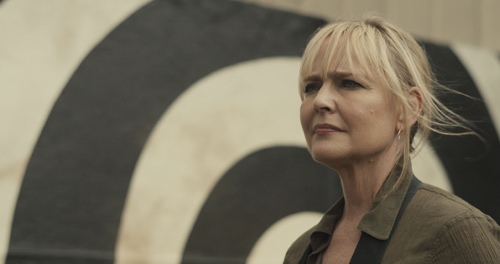
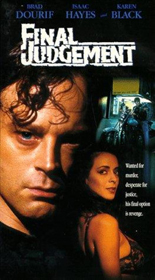 After all those
After all those 